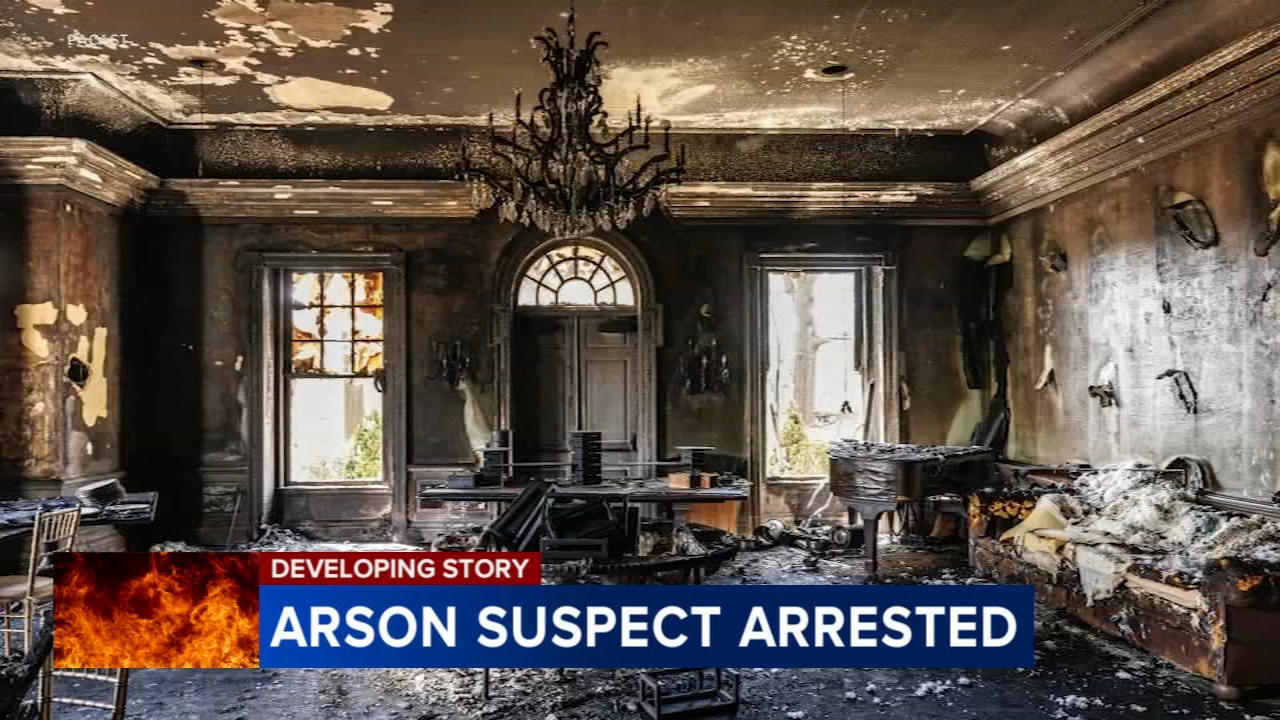Kwanzaa 2020: What to know about the holiday
The holiday celebrating African culture and heritage lasts from Dec. 26 to Jan 1.

Dec. 26 marks the beginning of Kwanzaa, the seven-night celebration of African American and Pan-African culture. The holiday has grown to be celebrated by millions across the world, strengthening roots to both African heritage and the African community as a whole.
Here's what you need to know about Kwanzaa:
What are the origins of the holiday?
Dr. Maulana Karenga, an influential professor of Africana studies at California State University, Long Beach, created Kwanzaa in 1966 during the Black Freedom Movement.
What does Kwanzaa mean?
The name of the holiday comes directly from the Swahili phrase "matunda ya kwanza" meaning "first fruits." Celebrations surrounding "first fruits" have a deep history in African culture and major religions, although Kwanzaa itself is not a religious holiday.
What do the colors red, green and black symbolize?
The official Kwanzaa website says that black symbolizes the people, red for their struggle, and green for the future and hope that comes from their struggle. Black, red and green candles are lit on the Kinara, a candle holder, during the holiday.
How is Kwanzaa celebrated?
Each night, families light the Kinara while discussing one of the seven principles of Kwanzaa, called the Nguzo Saba. There are also seven symbols that are utilized each night of Kwanzaa.
An African feast known as Karamu also takes place on New Year's Eve according to History.com. Parents also give children gifts during the holiday, which are encouraged to be educational in nature and promote African heritage.
What are the seven symbols of Kwanzaa?
The seven symbols of Kwanzaa are the Kinara (candleholder), Mishumaa Saba (seven candles), Mkeka (the mat) Mazao (crops), Muhindi (ears of corn), Kikombe Cha Umoja (unity cup) and Zawadi (gifts). The mat is laid out at the beginning of the holiday on a table in a central location in the home. Then the candle holder is set up on the mat along with the crops, corn, and unity cup.
Who can celebrate Kwanzaa?
While the holiday honors both African American and Pan-African culture, anyone is welcome to celebrate Kwanzaa. Additionally, because Kwanzaa is not a religious holiday in nature, it can be celebrated alongside other major religious and secular holidays.












